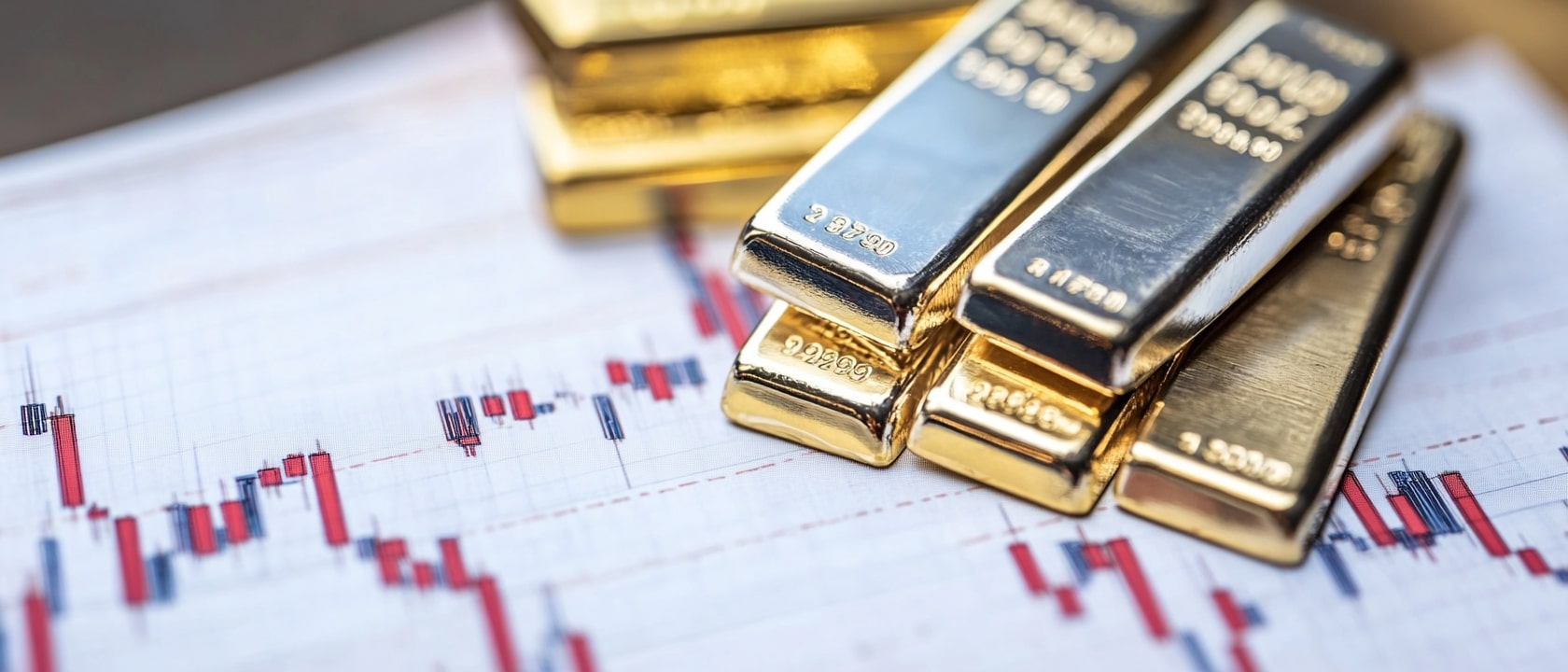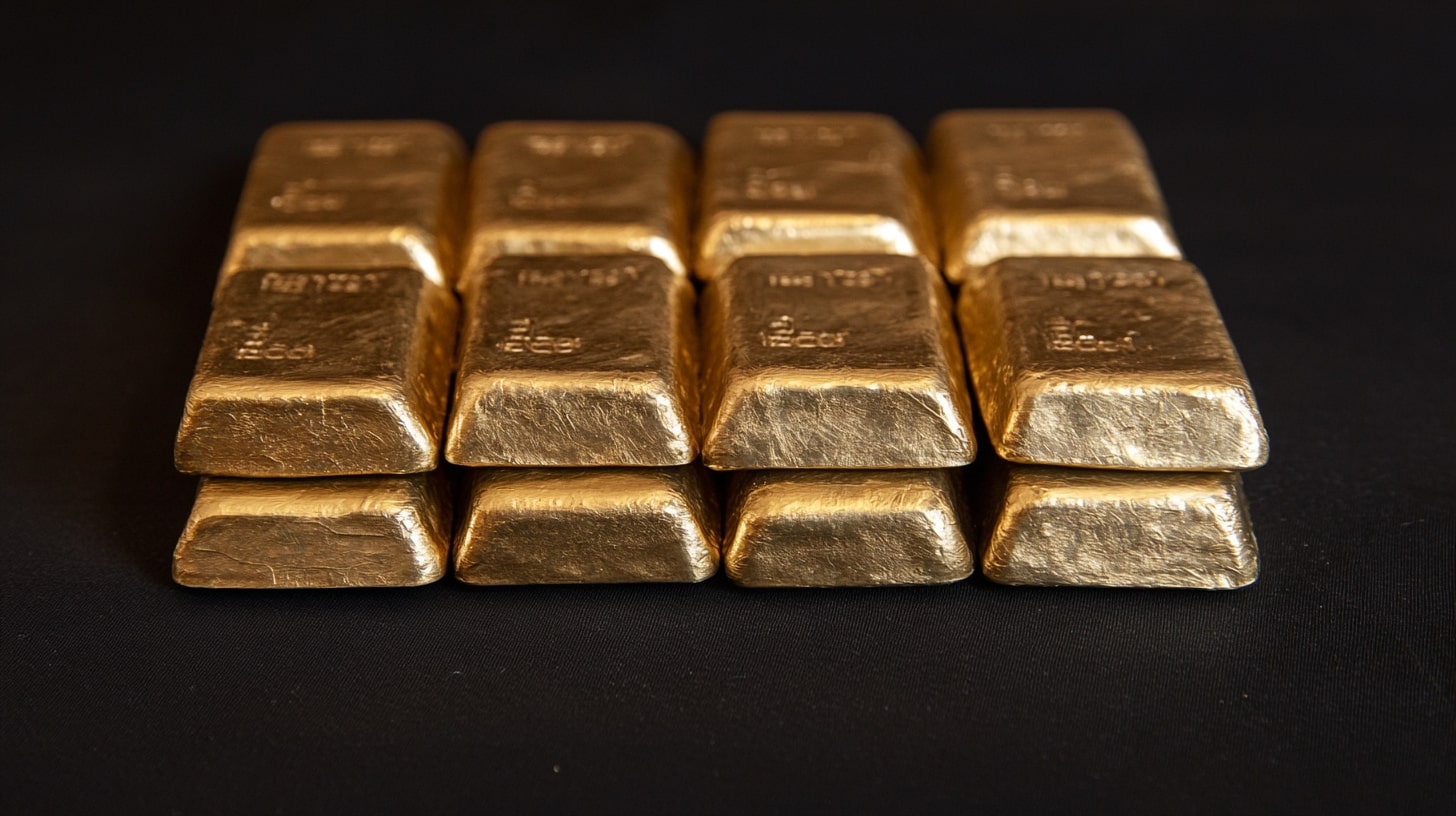
Prices Nears $2,610 - Gold Slide as Fed Signals Slower Rate Cuts
XAU/USD Nears $2,610 as Treasury Yields Rise, Market Awaits CPI Data and Geopolitical Risks | That's TradingNEWS
Gold Prices Remain Under Pressure Amid Fed’s September Minutes
Federal Reserve Signals Slower Rate Cuts Impacting Gold Prices
Gold prices continue to slide, with the metal trading near $2,610 per ounce following the release of the Federal Reserve’s September Meeting Minutes. The majority of the Federal Open Market Committee (FOMC) leaned towards a 50-basis-point rate cut, but uncertainty looms over the exact timing and magnitude of rate reductions, placing downward pressure on gold. Currently, the price has dropped by 0.37% and remains within familiar territory.
Anticipated US CPI Data and Its Potential Influence on Gold
As market participants await the upcoming US Consumer Price Index (CPI) report, the general sentiment leans towards a potential decline in inflation. Economists forecast the year-over-year CPI to decrease from 2.5% to 2.3%, with the monthly figure slowing from 0.2% to 0.1%. Core CPI is expected to remain flat at 3.2%. These figures will play a critical role in shaping expectations around future rate cuts, directly influencing gold prices.
A softer CPI print would likely support a stronger case for the Federal Reserve to cut rates, a scenario that could be beneficial for gold in the short term. Conversely, any uptick in inflation beyond expectations may result in a pause or reduction in the scale of rate cuts, thereby putting downward pressure on gold.
US Treasury Yields and Dollar Surge Weighing on Gold Prices
US Treasury yields continue to rise, with the 10-year note reaching 4.062%, providing strong support for the US Dollar. As a result, the US Dollar Index (DXY) surged 0.42% to 102.90, marking its highest level since mid-August 2024. The stronger dollar is placing additional pressure on gold, which typically moves inversely to the greenback. Traders are also eyeing Thursday’s CPI release for further indications of inflation trends and rate cut expectations, both of which will be key in determining gold’s next move.
Gold’s Reaction to Geopolitical Tensions and Central Bank Activity
The geopolitical landscape is another critical factor affecting gold prices. Ongoing conflicts in Gaza, Ukraine, and recently intensified tensions between Israel and Lebanon are driving demand for gold as a safe-haven asset. Analysts have highlighted the increased demand for gold from central banks around the world. For example, global central bank purchases of gold remain well above the five-year average, showing that concerns over inflation and economic stability are still very much alive.
China, however, has paused its bullion purchases for the fifth consecutive month, keeping its reserves steady at 72.8 million troy ounces as of September’s end. Nevertheless, the broader demand from other central banks continues to underpin gold’s long-term outlook, especially in times of geopolitical uncertainty.
Gold Market Technical Analysis and Price Action
Gold prices are currently hovering just above the $2,600 mark, which is acting as a key support level. A breach of this level would be considered bearish, opening the door to further declines towards $2,550 or even $2,500. On the upside, resistance is expected at $2,635, with a break above this level needed to reestablish a bullish trajectory for the precious metal. In the longer term, gold bulls are keeping an eye on the $3,000 mark as the next major target.
The short-term technical indicators are mixed. The Relative Strength Index (RSI) is showing bullish signals, but the overall momentum remains weak, suggesting that gold may remain in a consolidation phase before making a definitive move.
Global Economic Data and Gold’s Future Prospects
As the global economic landscape remains volatile, gold is set to benefit from heightened uncertainty, particularly as inflation pressures appear to be easing, and geopolitical risks are intensifying. Market sentiment is closely linked to US economic data, particularly inflation and employment figures. The next few weeks will be crucial in determining gold’s short-term direction, with the US Producer Price Index (PPI) data and additional Fed statements expected to provide further clarity.
Central Bank Demand and Investor Sentiment
Another critical factor supporting gold is the continued buying activity from central banks. Joe Cavatoni of the World Gold Council has noted that central bank purchases remain significantly above the five-year average. This increased demand reflects the ongoing concerns about global economic stability and inflation, both of which are fueling a stronger long-term outlook for gold.
Conclusion: Gold's Short-Term Pressure and Long-Term Resilience
In the short term, gold prices are facing pressure from a stronger dollar, rising Treasury yields, and uncertainty around the Federal Reserve’s rate cut plans. However, the metal’s long-term outlook remains positive, driven by central bank demand and ongoing geopolitical risks. Investors should be prepared for short-term volatility but recognize that gold continues to offer strong long-term potential as a hedge against global uncertainty and inflation.
















